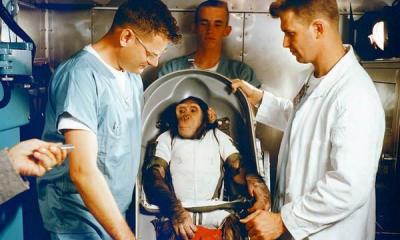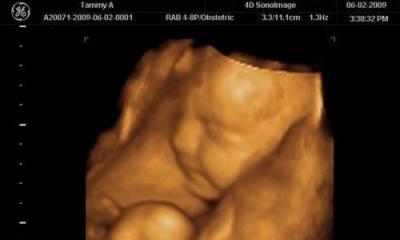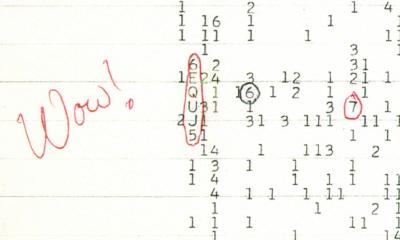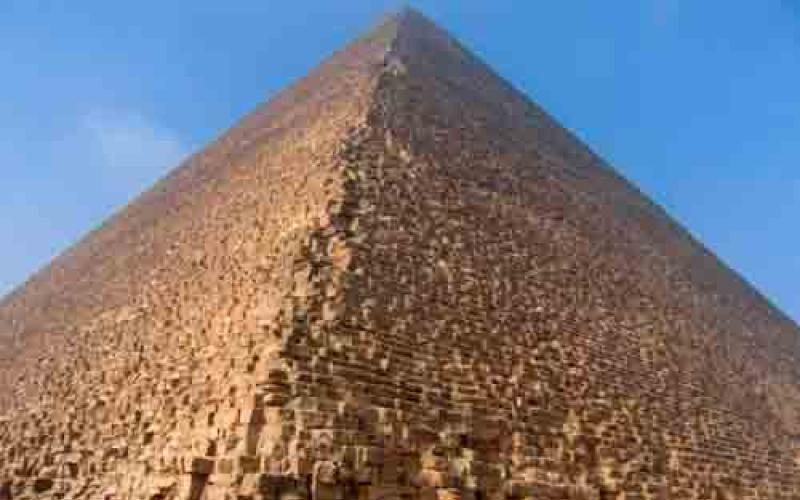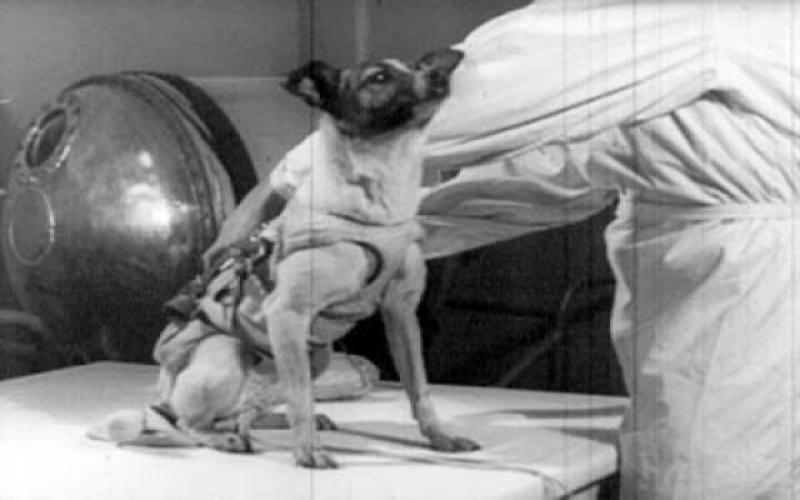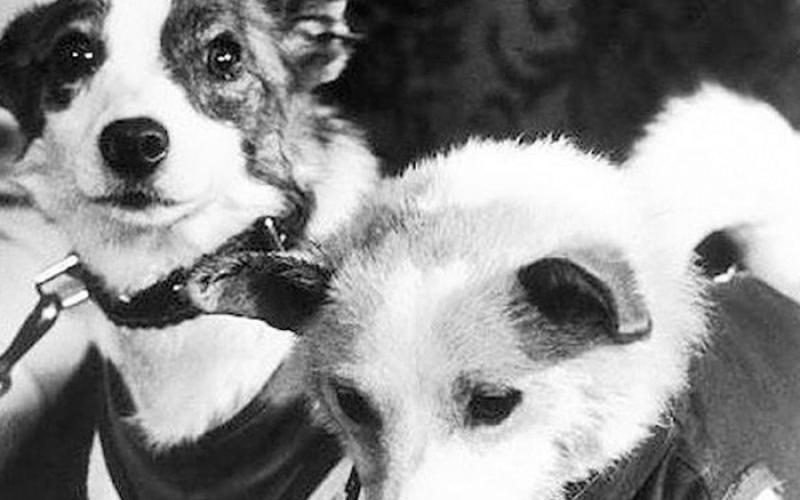Scattered across the dark sky, the stars only seem to be countless: only about 6,000 distant luminaries can be seen with the naked eye. But they are also difficult to navigate. Since ancient times, astronomers of different nations have made constellations out of them, following their legends, beliefs and ideas about the world. The same asterisms - bright groups of stars - could turn into anything. For example, the famous Big Dipper in the constellation Ursa Major often did not associate with either the bucket or the bear at all.
Egypt. bull thigh

The ancient Egyptians were among the first astronomers in history, with some of their round stone "observatories" dating as far back as the fifth millennium BC. It was the Egyptians who laid the foundations for that system of constellations, which was borrowed from them by the inhabitants of Mesopotamia, Greeks, Arabs, and then modern science. At that dizzyingly distant time, due to the precession of the earth's axis, it was not the Pole Star that pointed north, but Alpha Draconis (Tuban). Its surroundings, together with the nearest luminaries, were considered by the Egyptians to be the "fixed sky", the dwelling place of the gods. Instead of a ladle, the priests could see the leg of Set, the god of war and death, who turned into a bull and killed Osiris with a blow of a hoof. Falcon-headed Horus cut off his limb in retaliation for the murder of his father.
China. Emperor Shandi's wagon

The astronomers of ancient China divided the sky into 28 vertical sectors, "houses" through which the Moon passes in its monthly journey, as the Sun in its annual rotation passes through the signs of the Zodiac in Western astrology, which borrowed the 12-sector division from the Egyptians. In the center of heaven, like the emperor in the capital of the state, the Chinese had the North Star, which had already taken its usual place by that time. The seven brightest stars of Ursa Major are in honorable proximity to it, within the Purple Fence - one of the three Fences surrounding the palace of the "royal" star. They could be described as the Northern Dipper, whose orientation corresponds to the season, or as part of the carriage of the Heavenly Emperor Shandi.
India. seven wise men

Observational astronomy in ancient India did not develop as brilliantly as, say, mathematics. Her ideas were greatly influenced by both Greece and China - for example, the 27-28 "stays" (nakshatras) through which the Moon passes in about a month are very reminiscent of Chinese lunar "houses". The Hindus also attached great importance to the North Star, which, according to experts in the Vedas, is the abode of Vishnu himself. The asterism of the Bucket located under it was considered the Saptarishas - the seven sages born from the mind of Brahma, the forefathers of the world of our era (Kali Yuga) and all those living in it.
Greece. Bear

Ursa Major is one of the 48 constellations listed in Ptolemy's star catalog around 140 BC, although it was first mentioned much earlier, in Homer. Intricate Greek myths offer different backgrounds for its appearance, although everyone agrees that the bear is the beautiful Callisto, the companion of the hunting goddess Artemis. According to one version, using his usual tricks with reincarnation, the loving Zeus seduced her, provoking the wrath of both his wife Hera and Artemis herself. Saving his mistress, the Thunderer turned her into a bear, who wandered in the mountain forests for many years, until her own son, born of Zeus, met her on a hunt. The supreme god had to intervene once more. Preventing matricide, he raised both to heaven.
America. Great Bear

It seems that the Indians understood something about wild animals: in the legend of the Iroquois about the origin of asterism, the “heavenly bear” does not have any tail. The three stars that form the handle of the ladle are three hunters chasing the beast: Aliot draws a bow with an arrow embedded in it, Mizar carries a cauldron for cooking meat (Alcor), and Benetnash carries an armful of brushwood to kindle the hearth. In autumn, when the Bucket turns and sinks low to the horizon, the blood from the wounded bear drips down, painting the trees in variegated colors.
MAC. Big Dipper

The Big Dipper is an asterism that is part of the third largest of the 88 modern constellations. Ursa Major occupies more than 3% of the entire area of the sky; not only stars are observed here, but also many distant bright galaxies. Among them is the famous Pinwheel Galaxy (NGC 5457), located northwest of Benetnash, the outermost star in the "handle" of the bucket. Today it is known that the five stars of the bucket (minus Dubhe and Benetnash) really belong to a single group of stars (Kolinder 285), connected by a common origin and movement. Its center is 80 light-years from the Sun, making Kolinder 285 the closest star cluster to us, and it continues to approach at nearly 50 km/s.
Alina Eremeeva, historian of astronomy, senior researcher at the SAI MSU:
“Even in the Chinese chronicles of the III millennium BC. describes systematic observations of the stars of the Big Dipper, which noticed a change in the evening location of its handle. The Pole was then close to the alpha of the Dragon, and the Bucket, as it were, revolved around it, orienting itself differently in different seasons. Looking closely at this rotation, it is not difficult to see in it the likely source of the swastika, a symbol of eternity and eternally current time. Indirectly, this is also evidenced by the traditional form of one of the main Chinese inventions, the compass, which was made in the form of a ladle with a handle pointing south. I hope that understanding the real content of this ancient symbol will help clear its reputation, spoiled by its connection with fascism.
Roman Fishman


